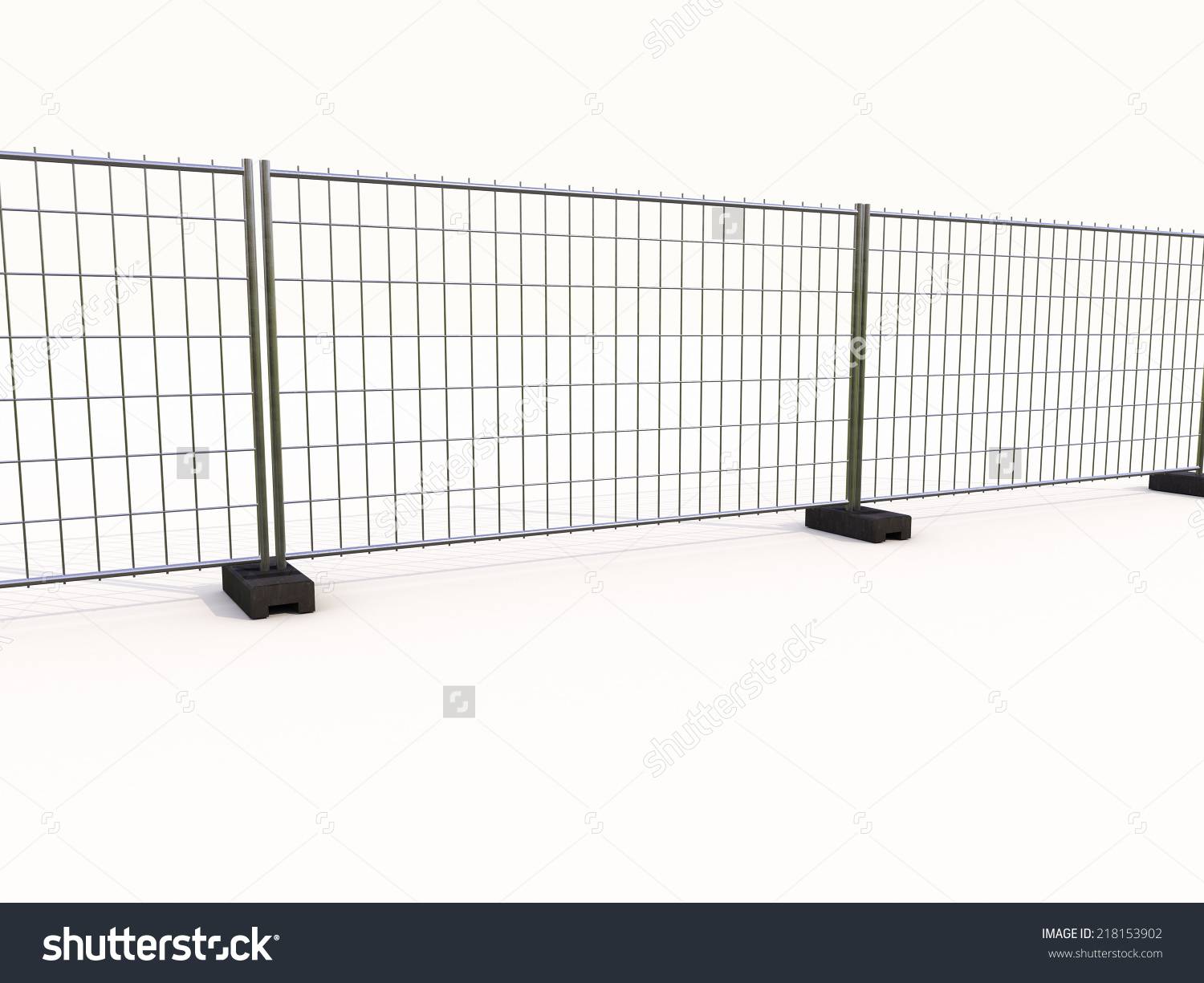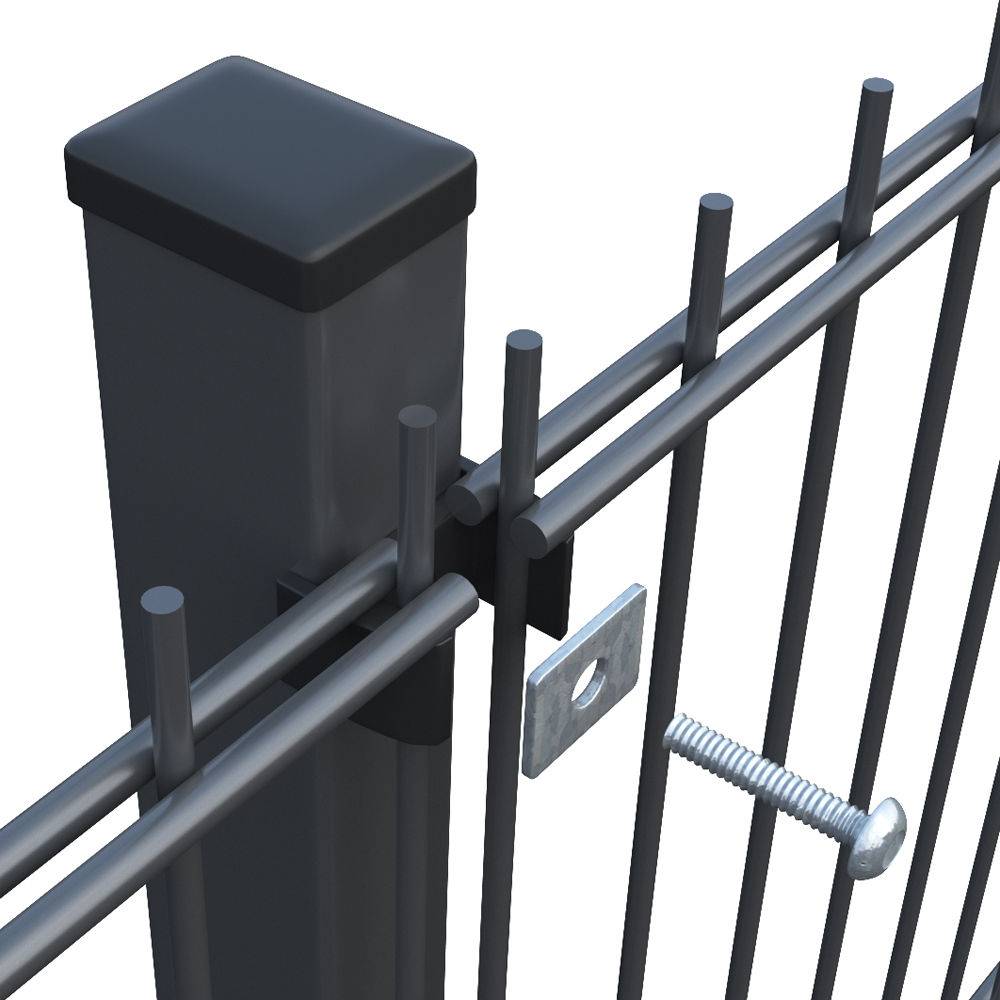

- Afrikaans
- Albanian
- Amharic
- Arabic
- Armenian
- Azerbaijani
- Basque
- Belarusian
- Bengali
- Bosnian
- Bulgarian
- Catalan
- Cebuano
- China
- China (Taiwan)
- Corsican
- Croatian
- Czech
- Danish
- Dutch
- English
- Esperanto
- Estonian
- Finnish
- French
- Frisian
- Galician
- Georgian
- German
- Greek
- Gujarati
- Haitian Creole
- hausa
- hawaiian
- Hebrew
- Hindi
- Miao
- Hungarian
- Icelandic
- igbo
- Indonesian
- irish
- Italian
- Japanese
- Javanese
- Kannada
- kazakh
- Khmer
- Rwandese
- Korean
- Kurdish
- Kyrgyz
- Lao
- Latin
- Latvian
- Lithuanian
- Luxembourgish
- Macedonian
- Malgashi
- Malay
- Malayalam
- Maltese
- Maori
- Marathi
- Mongolian
- Myanmar
- Nepali
- Norwegian
- Norwegian
- Occitan
- Pashto
- Persian
- Polish
- Portuguese
- Punjabi
- Romanian
- Russian
- Samoan
- Scottish Gaelic
- Serbian
- Sesotho
- Shona
- Sindhi
- Sinhala
- Slovak
- Slovenian
- Somali
- Spanish
- Sundanese
- Swahili
- Swedish
- Tagalog
- Tajik
- Tamil
- Tatar
- Telugu
- Thai
- Turkish
- Turkmen
- Ukrainian
- Urdu
- Uighur
- Uzbek
- Vietnamese
- Welsh
- Bantu
- Yiddish
- Yoruba

Traffic Crash Barriers Durable, Decorative & Expandable Safety Solutions Traffic Safety Store
Picture this: A drunk driver veers off-road at 45 mph. Your current barriers crumble like cardboard. Emergency crews arrive to twisted metal and extended road closures. Now imagine this happens 137 times daily across US highways (NHTSA 2023). Our traffic crash barriers
don't just absorb impacts - they save budgets, timelines, and lives.
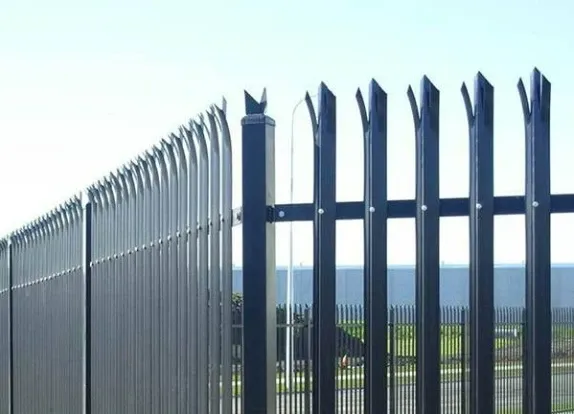
(traffic crash barriers)
Technical Superiority That Makes Competitors Blush
Why do our decorative traffic barriers withstand 2.3× more force than industry standards? The secret lies in our triple-layer composite design:
') no-repeat left center; padding-left: 2rem; margin-bottom: 0.8rem;">Galvanized steel core (8-12mm thickness) ') no-repeat left center; padding-left: 2rem; margin-bottom: 0.8rem;">UV-resistant polymer middle layer ') no-repeat left center; padding-left: 2rem;">Custom powder-coated finish
Head-to-Head: Why We Beat "Brand X" Every Time
| Feature | Standard Barriers | Our Solution |
|---|---|---|
| Impact Resistance | Up to 15,000 lbs | 34,500 lbs |
| Installation Time | 6-8 hours/unit | 90 minutes |
Your Site, Your Rules: Customization Made Simple
Need expandable traffic barriers that match historic district guidelines? Our 3-step customization process works like magic:
1. Digital Twin Modeling
Upload site photos, get 3D renderings in 48 hours
2. Rapid Prototyping
Test full-scale models on-site within 2 weeks
Real-World Heroes: Barrier Success Stories
See how our traffic crash barriers transformed the Golden Gate Bridge approach:
"After installing SafeGuard barriers, collision-related closures dropped 62% in 18 months. Maintenance costs? Slashed by $217k annually."
- John P., SF DOT Project Lead
Ready for Unshakable Road Safety?
Join 1,400+ municipalities trusting our barriers since 2015
Get Your Custom Quote Now →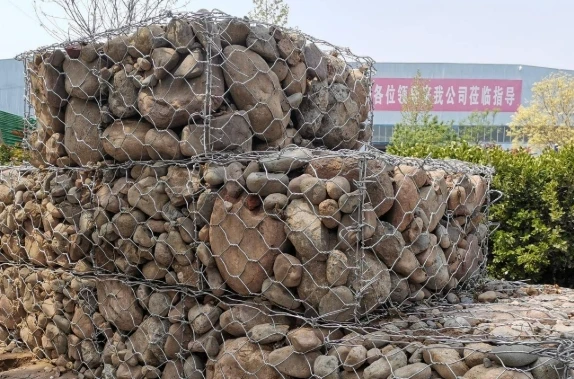
(traffic crash barriers)
FAQS on traffic crash barriers
Q: What are the main purposes of traffic crash barriers?
A: Traffic crash barriers are designed to redirect or absorb impact during collisions, enhancing road safety. They protect pedestrians, vehicles, and infrastructure. Common materials include steel and concrete for durability.
Q: How do decorative traffic barriers combine functionality and aesthetics?
A: Decorative traffic barriers provide collision protection while featuring artistic designs or patterns. They are often used in urban areas or parks to blend with surroundings. Materials like powder-coated steel ensure both safety and visual appeal.
Q: What advantages do expandable traffic barriers offer?
A: Expandable traffic barriers are lightweight, portable, and easy to deploy for temporary traffic control. Their modular design allows quick adjustments to length or configuration. Ideal for events, construction zones, or emergency situations.
Q: Are decorative traffic barriers as strong as standard crash barriers?
A: Yes, decorative barriers meet the same safety standards as traditional ones. Their strength depends on materials like reinforced steel or concrete. Aesthetic features do not compromise structural integrity when properly engineered.
Q: Where are expandable traffic barriers most commonly used?
A: They are frequently used in dynamic environments like roadwork sites, concerts, or accident zones. Their portability makes them suitable for temporary lane closures. They also help manage crowd flow during large events.
Q: What materials are best for long-lasting traffic crash barriers?
A: Galvanized steel and reinforced concrete are top choices for durability and corrosion resistance. High-density plastics are used for lightweight barriers. Material selection depends on traffic volume and environmental conditions.
Q: Can traffic crash barriers be customized for specific projects?
A: Yes, barriers can be tailored in height, color, and design to meet project requirements. Decorative options include engraved patterns or branded elements. Customization must comply with local safety regulations.
Recommended Products
Latest News About CHENG CHUANG
-
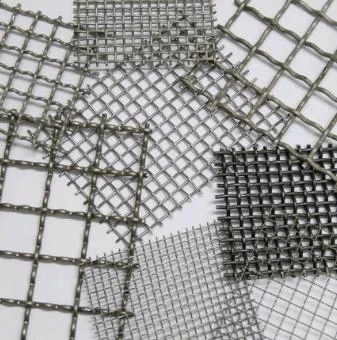 Wire mesh is durableWire mesh represents a cornerstone of modern industrial and agricultural solutions, offering unmatched versatility across countless applications.Read more >
Wire mesh is durableWire mesh represents a cornerstone of modern industrial and agricultural solutions, offering unmatched versatility across countless applications.Read more >Jul 11 2025
-
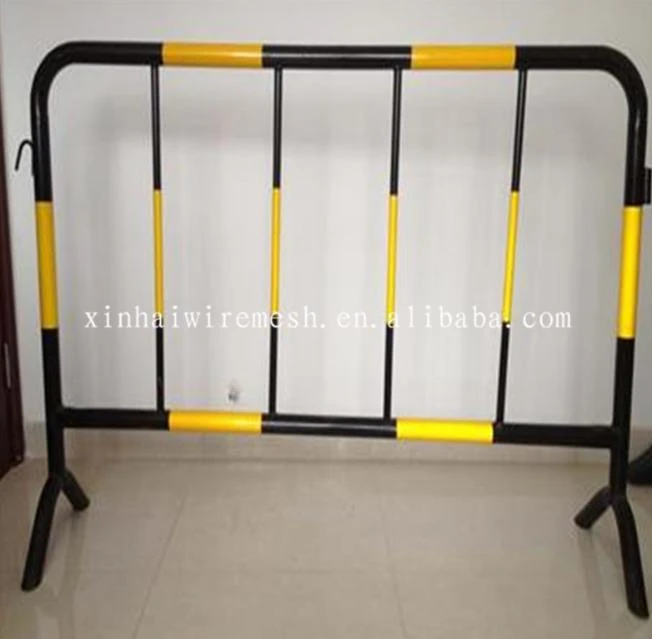 Safety barrier directs traffic flowIn high-risk environments, safety barrier systems stand as non-negotiable guardians against catastrophic incidents.Read more >
Safety barrier directs traffic flowIn high-risk environments, safety barrier systems stand as non-negotiable guardians against catastrophic incidents.Read more >Jul 11 2025
-
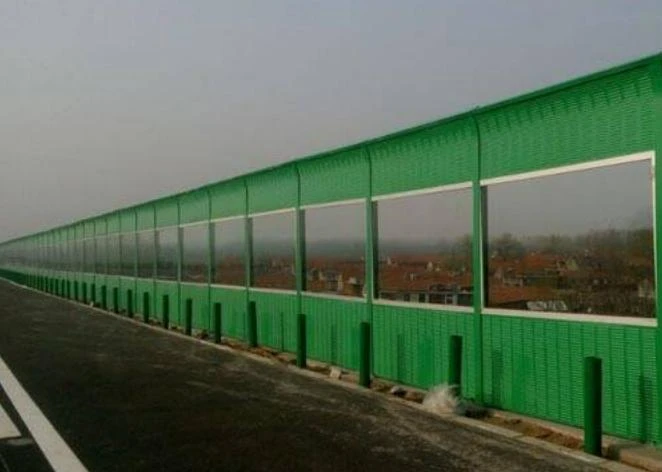 Modular Noise Barrier Eases InstallationUrbanization intensifies noise pollution, making noise barrier systems essential for preserving human health and tranquility.Read more >
Modular Noise Barrier Eases InstallationUrbanization intensifies noise pollution, making noise barrier systems essential for preserving human health and tranquility.Read more >Jul 11 2025
-
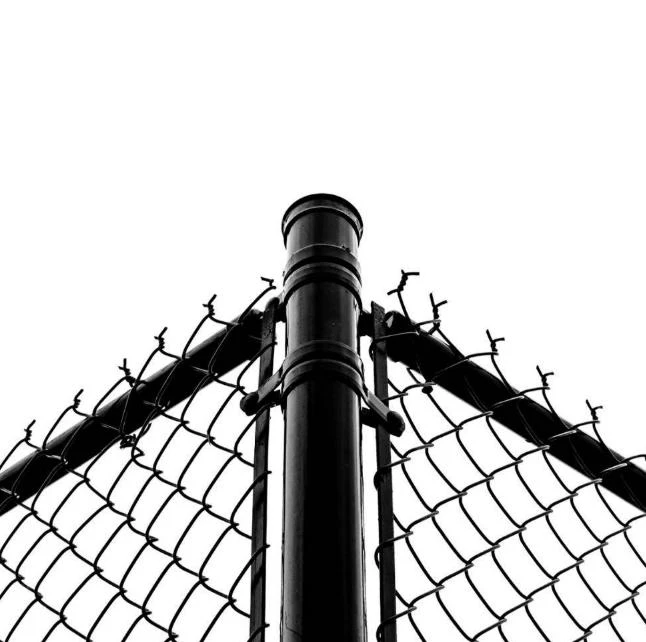 Metal fence types enhance securityMetal fence types form the backbone of modern perimeter security solutions worldwide.Read more >
Metal fence types enhance securityMetal fence types form the backbone of modern perimeter security solutions worldwide.Read more >Jul 11 2025
-
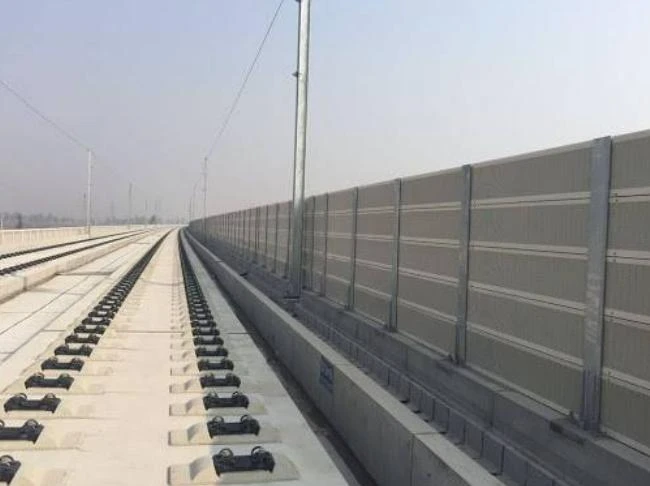 Crowd Control Barrier Manages Foot TrafficThe management of public gatherings demands precision, safety, and reliability, making crowd control barrier systems indispensable tools for organizers worldwide.Read more >
Crowd Control Barrier Manages Foot TrafficThe management of public gatherings demands precision, safety, and reliability, making crowd control barrier systems indispensable tools for organizers worldwide.Read more >Jul 11 2025
